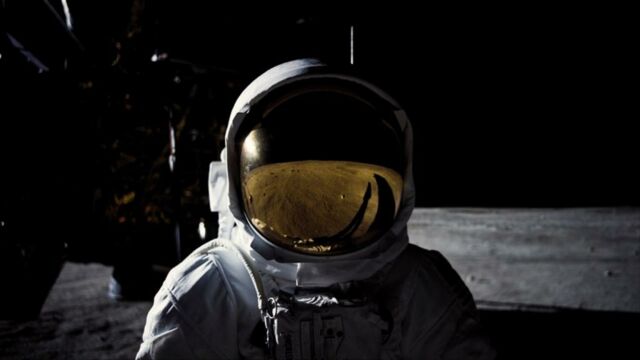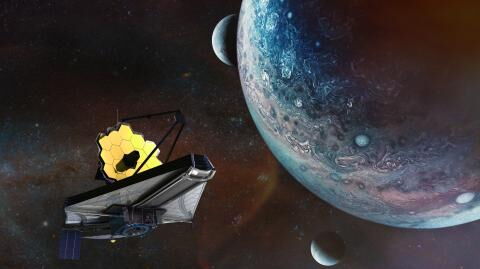'Leave nothing but footprints'. This eco-conscious little phrase certainly wasn't invented at the time of the conquest of Space. Indeed, Neil Armstrong and his buddies didn't just leave footprints in their astronaut boots. Some rather unusual human remains have been part of the lunar landscape since 1969.
Discover our latest podcast
Bags of discord
Everyone - yes, even the conspiracy theorists - has in mind the famous image of Neil Armstrong, the first man to walk on the Moon. It was in 1969, during the American space mission Apollo 11. There's the American flag and several robots. But in some of the shots, a number of less publicized details are also part of history. These are some rather unusual white bags, as explained by our colleagues at Fstoppers.
And they're not just any bags; they contain astronauts' faeces! And they're not the only ones to have left a bit of themselves on the Moon. Several astronauts of different nationalities have done the same. The aim? To return to Earth lighter, in every sense of the word.
The surface of our planet's natural satellite is now littered with 96 white bags containing poo. These bags are beginning to cause a stir, but not just because they pollute the visual landscape, but because they represent a vital source of information for scientists.
Precious witnesses
If the 96 bags of poo are increasingly coveted, it's because many would like to study how the bacteria in the faeces have adapted over the years to their little sojourn on the Moon. While some believe they are dead, as the Moon has no protection from the Sun's UV rays, others are hopeful.
Indeed, in 2017, Russian cosmonauts discovered that bacteria had managed to survive outside the International Space Station, despite being subjected to temperatures ranging from 121°C to -157°C, similar to those found on the Moon. Nevertheless, repatriating Neil Armstrong's poo is no mean feat.
Apart from the unpleasant aspect, the American government has made the Apollo 11 landing site and all its artifacts part of their heritage. It should therefore revert to NASA. Except that, according to the 1967 Outer Space Treaty, to which the U.S. is a signatory, the Moon is part of the common heritage of mankind. Basically, it belongs to the United States, to everyone, but ultimately to no one. All that remains is to wait and see who inherits the late Neil Armstrong's poo.
Most hilarious space #map I’ve ever seen. Where astronauts left their poop on the moon.
— MapScaping (@MapScaping) August 22, 2019
Apparently we don't just leave our shit lying around on Earth. Source: https://t.co/RDpjByUDrepic.twitter.com/WFbC7eYei3
Read more:
⋙ Do aliens really exist? An astronaut from the European Space Agency answers in new interview
⋙ NASA: This is how much an astronaut earns each month
⋙ NASA's strange way to save astronauts that get lost in space
⋙ The bizarre ways astronauts eat in space will blow your mind
⋙ Astronauts may no longer be able to go into space for this concerning reason
This article has been translated from Gentside FR.
Sources used:
Fstoppers: The First Photograph Taken on the Moon by Neil Armstrong Featured a Trash Bag
Tass: Scientists find living bacteria from outer space on ISS satellite’s surface
The Conversation: We need to protect the heritage of the Apollo missions
UNOOSA: Treaty on Principles Governing the Activities of States in the Exploration and Use of Outer Space, including the Moon and Other Celestial Bodies
NASA: Apollo 11 Mission Overview















